“A haunted-house film set in a spaceship” — that’s how Ridley Scott’s groundbreaking science-fiction/horror mash-up Alien was characterized when it was released in 1979. It’s not a bad description, actually. Then James Cameron came aboard for Aliens and upped the velocity factor, essentially turning the 1986 sequel into a roller coaster dipping and corkscrewing on an extraterrestrial planet. These templates set the twin standards for everything else the franchise has given us: Filmmakers either set the dial to creepy-crawly chills or breakneck thrills. Even after everyone’s favorite Xenomorph paired up with Predator‘s in-house interstellar hunter or Scott got dorm-room-stoner philosophical with his prequels Prometheus (2012) and Alien: Covenant (2017), the movies toggled between those two speeds. It was usually some combo of original recipe and extra crispy.
You can feel the urge to get back to jump-scare basics in Alien: Romulus, the seventh movie in the series (assuming you don’t count the AvP crossovers). There are still shoot-outs and chase scenes and a nifty set piece involving a pack of “perfect organisms” in attack mode, airborne spirals of acid blood, and zero gravity. We’re still in space, i.e., the place where no one can hear you scream. But the powers that be have hired a bona fide horror director, Fede Alvarez — he of the 2013 Evil Dead reboot and 2016 home-invasion nightmare Don’t Breathe — and you can feel him leaning heavily into the creature-feature aspects that informed the original. In fact, an overall reverence for everything about Scott’s cosmic monster epic reigns supreme here: the dirty-space aesthetic, the splatterrific FX, the spirit-of-’79 opening credits, and carefully re-created iconic shots. This does not want to renovate that haunted house. It wants to construct a shrine in its honor.
There’s a giddy thrill in the idea of going back to the source and trying to conjure that first film’s specific mix of tension and terror, its long silences and sudden sharp shocks. No offense to the chest-bursting scene that scarred a generation — and remains a visceral, disturbing sequence to this day — but it was the tone of Scott’s Alien that’s made it such an enduring classic. Alien: Romulus is dead set on replicating the feeling of watching that Rosetta Stone of modern scary sci-fi movies. It’s so determined to accomplish this laudable goal, in fact, that it lets marginal factors like storytelling, non-expositional dialogue, and character interactions that feel like characters are genuinely interacting get gently shunted to the background. What’s onscreen is neither a haunted house nor a roller coaster, but a standard theme-park ride based on a movie — an Alien-flavored attraction that doubles as an overly respectful homage.
As far as wax museums with fluttering pulses go, Romulus is certainly a professional affair — you can see the care that went into making virtual carbon copies of Michael Seymour’s original production design, the way that the lighting in this new film plays off of Derek Vanlint’s cinematography from back in the day, how all those facehuggers and full-grown Xenomorphs seem directly struck from the Alien 1.0 models. Nor would you accuse the movie’s hero of being anything less than Ripley-esque: Her name is Rain, and thanks to Cailee Spaeny (Priscilla, Civil War), she’s tough enough to face down any double-jawed, phallic-headed monstrosity. A working-class orphan, Rain is stuck on a mining-colony planet; the corporation keeps upping the hours quota for release. Her best friend is Andy (David Jonsson), a first-gen “synthetic” who Rain’s father found on a scrap heap once upon a time, and restored him to mostly working order. What he lacks in full computing capacity is made up for by an undying loyalty to his sister in all but name, as well a host of pre-programmed dad jokes.
There may be hope of getting off this dead-end rock, however. Rain’s friend Kay (Isabella Merced) and her brother Tyler (Archie Renaux) have discovered what they believe is a decommissioned Weyland-Yutani ship floating near their planet’s outer rings. They assume this vessel has cryogenic beds, which would allow them — as well as their friends Bjorn (Spike Fearn) and Navarro (Aileen Wu) — to make the trek to a distant planet with a sun. Steal these, install them in their own ship, and they’re outta there.
So the five of them, along with Andy, locate what turns out to be an empty space station dubbed Romulus. When two men and android board it with the intention of scavenging supplies for their trip, they become trapped in a medical storage room. The temperature starts going up, which means that formerly frozen specimens start to thaw out. Care to guess what the specimens are? We’ll give you a hint. They like to hug faces. And, you know, implant embryos in human hosts that then burst out of their chests.
Rain and Navarro rush in to save them, just in time to notice that a lot of skittering creatures are running, jumping, and trying to knock up their new visitors. They also find Rook, the ship’s resident synthetic who’s been ripped in half. He may look familiar to you — and please indulge us as we pause to state that the digital deep-faking of deceased actors, no matter how integral those performers were to a beloved film, is at best a distraction and at worse a travesty. Seriously, filmmakers: Stop doing this. It’s an insult to everyone involved.
The newly revived ‘bot explains that, 170 days ago, the crew of the cargo ship known as the Nostromo was attacked by something lean, mean, and literally dick-headed. Only one member survived, since she was able to blast this predatory thing into space. The Romulus was somehow able to recover the creature in order to study him. It … did not end well. Rook wants them to bring these now active specimens back to the colony for further study. Also, one of Rain’s friends has been successfully impregnated. And their own ship becomes damaged. And there suddenly seems to be more of these Xenomorphs lurking deep within the station’s lower decks. More, and more, and more of them….
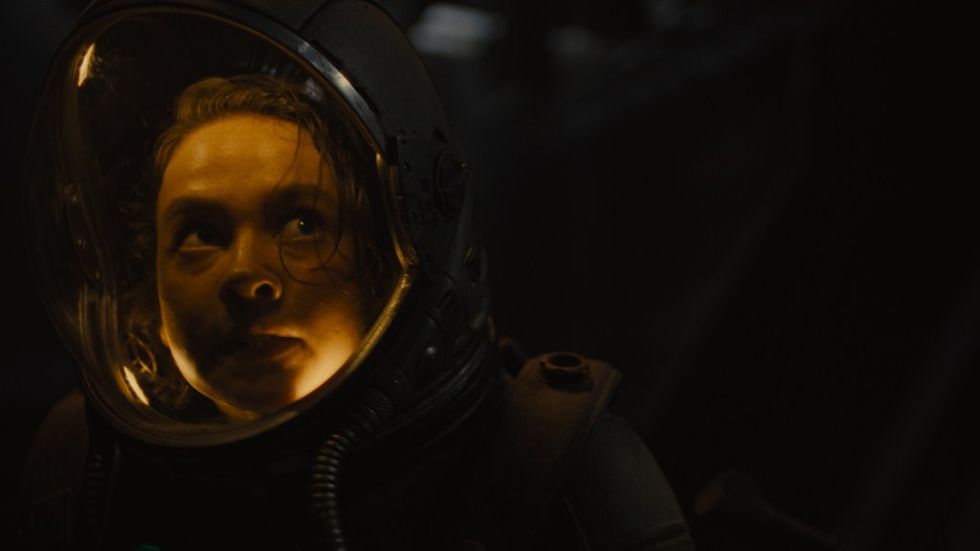
This is where Alien: Romulus, having largely stuck to the slow-burn pace of Alien‘s memorable opening half hour in between bits of action, shifts fully into horror-movie mode, and you’re reminded that Alvarez is one of the few working directors who understands how to take advantage of scenario’s like this. (Seriously, what is Don’t Breathe but an Alien film with Stephen Lang’s Blind Man subbing in for H.R. Giger’s Freudian-nightmare of a beast — right down to the forced-fertilization plot point?) Yet you can still feel the film slipping into fan-service territory, with the writer-director being the number-one fan being serviced. It’s clear he loves Scott’s first foray into interstellar terror wisely but also too well, and the amount of Easter eggs here outnumbers the extraterrestrial-killing-machine eggs three to one. Having been handed the keys to franchise kingdom, Alvarez isn’t trying to leave his own mark on the series. He’s simply trying to do a cover version with as much fidelity as imaginable.
No one can blame him, given that the 1979 movie is indeed a potent example of genre hybridization and a perfect cinematic organism. Yet the longer you suffer through underdeveloped characters (only Rain and, ironically, Andy feel fleshed out and get real arcs; it helps that both actors understand the assignment) and sequences that feel closer to winks, nudges, and future Romulus video-game levels than actual story beats, the more diminishing the returns. There is one climactic twist that feels unique, and though it’s still too little too late, you can feel Alvarez creatively stretching out with this warped conceptual gambit. Even that comes with a reference, of course, to Sigourney Weaver’s striptease and final-boss battle from the first film. Does it tick off the boxes of what we’ve come to expect from this series? Yes. Does it add up to more than The Chris Farley Show of Alien movies? Well … let’s just say no one may be able to hear you scream in space, but they will assuredly hear your resigned sighs in a theater.
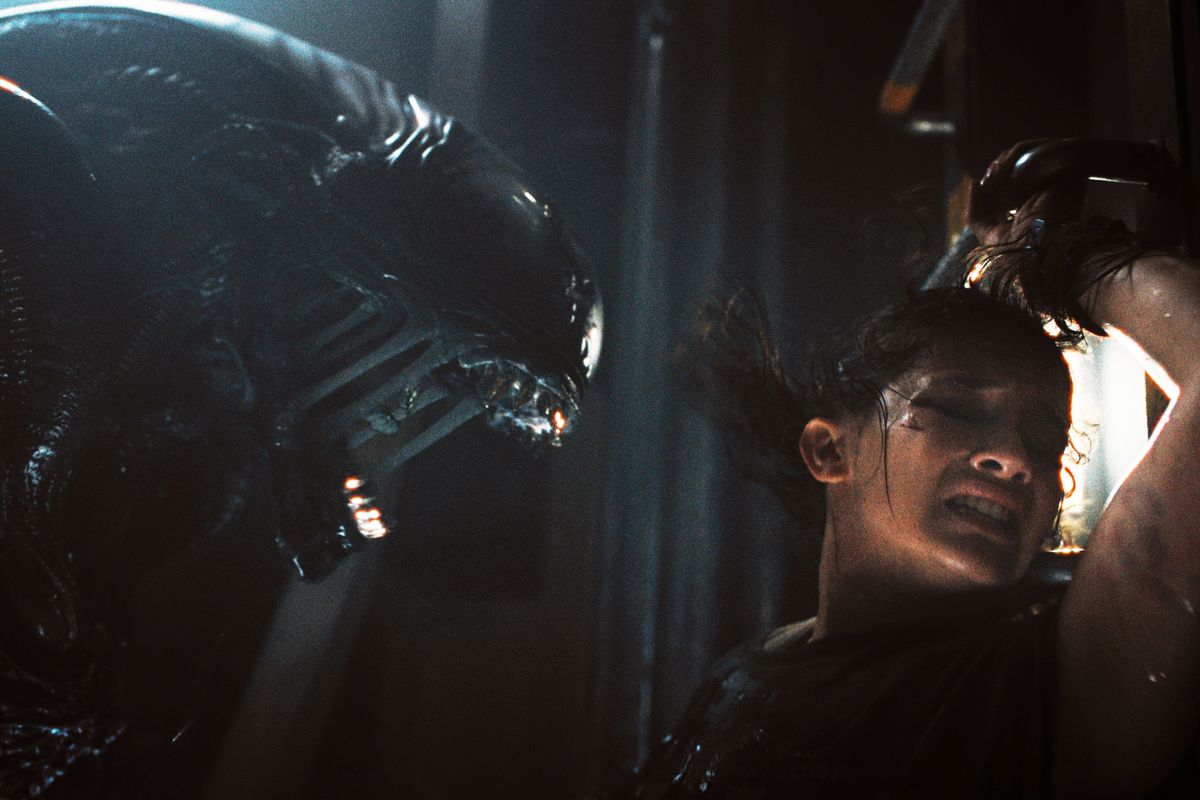
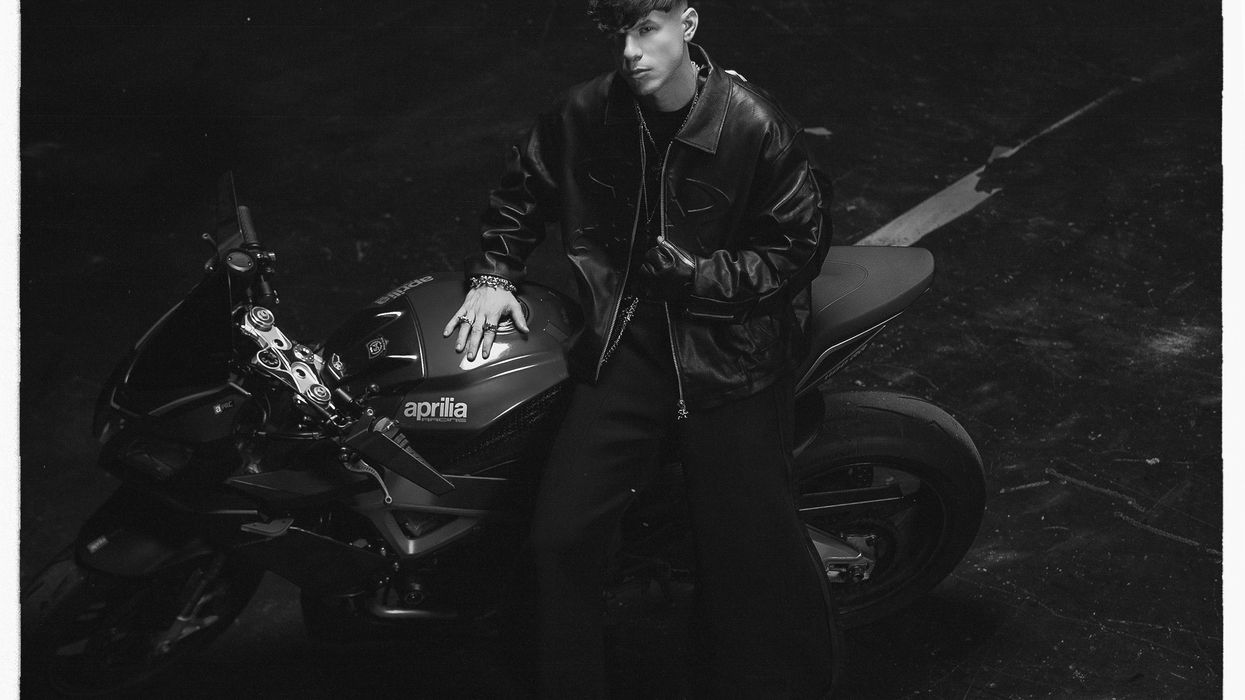

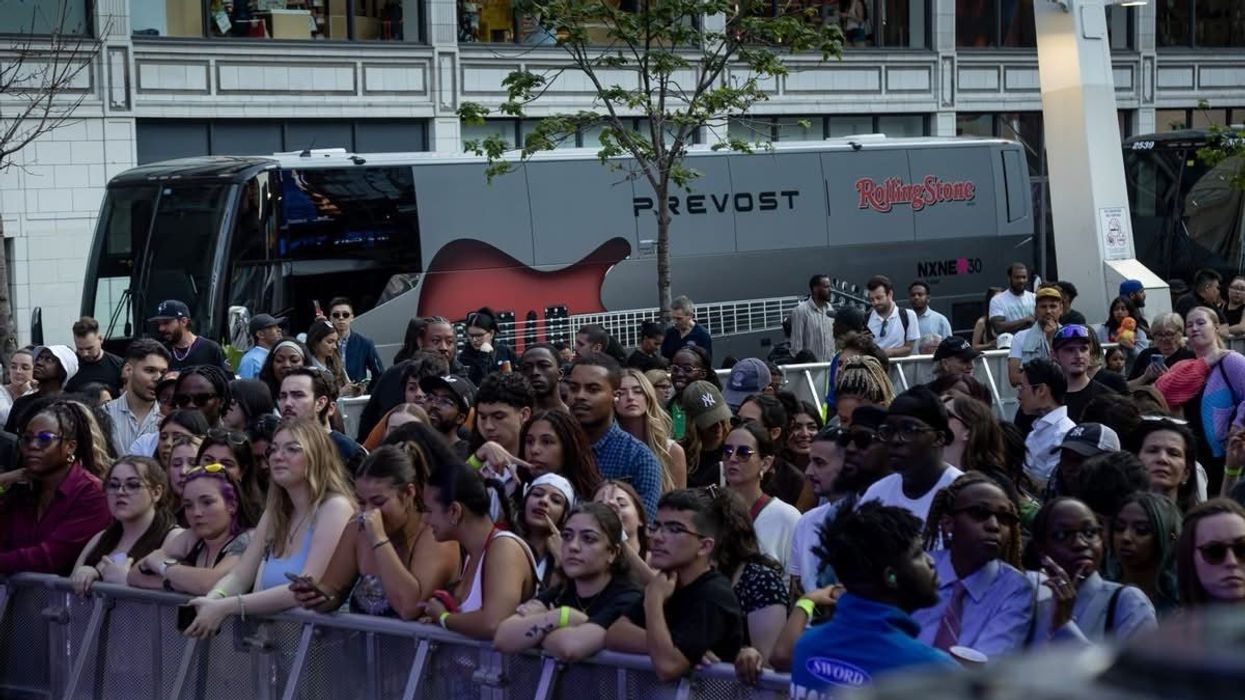


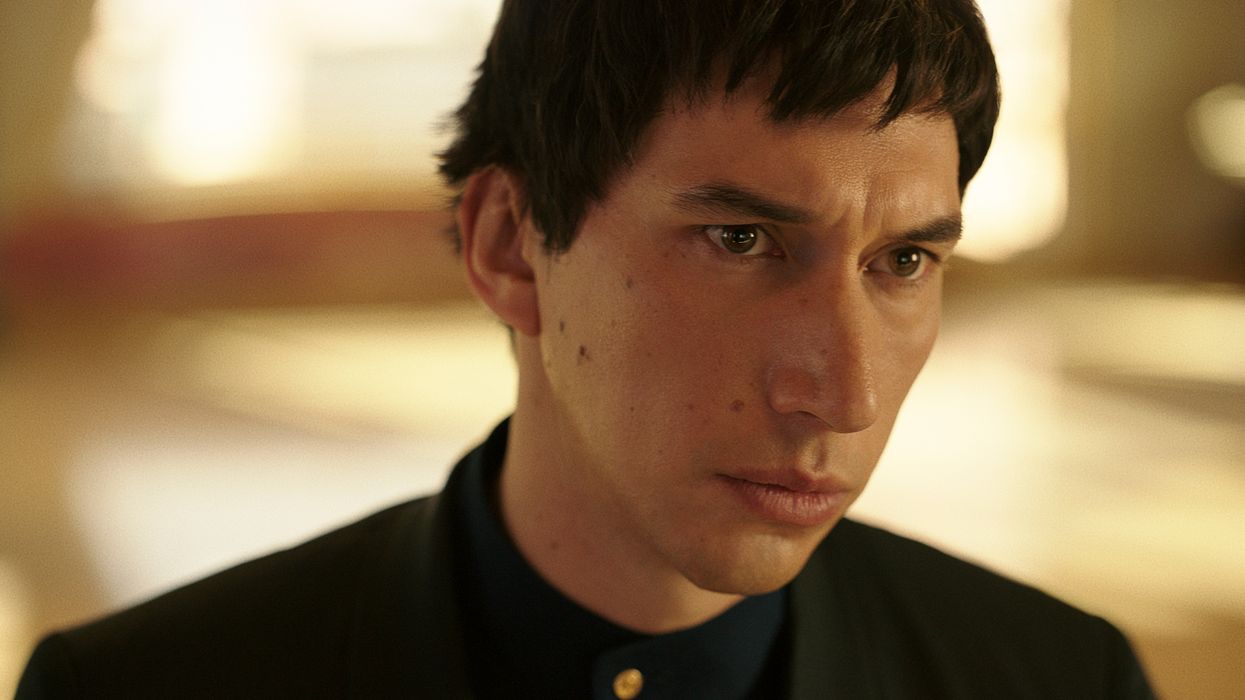
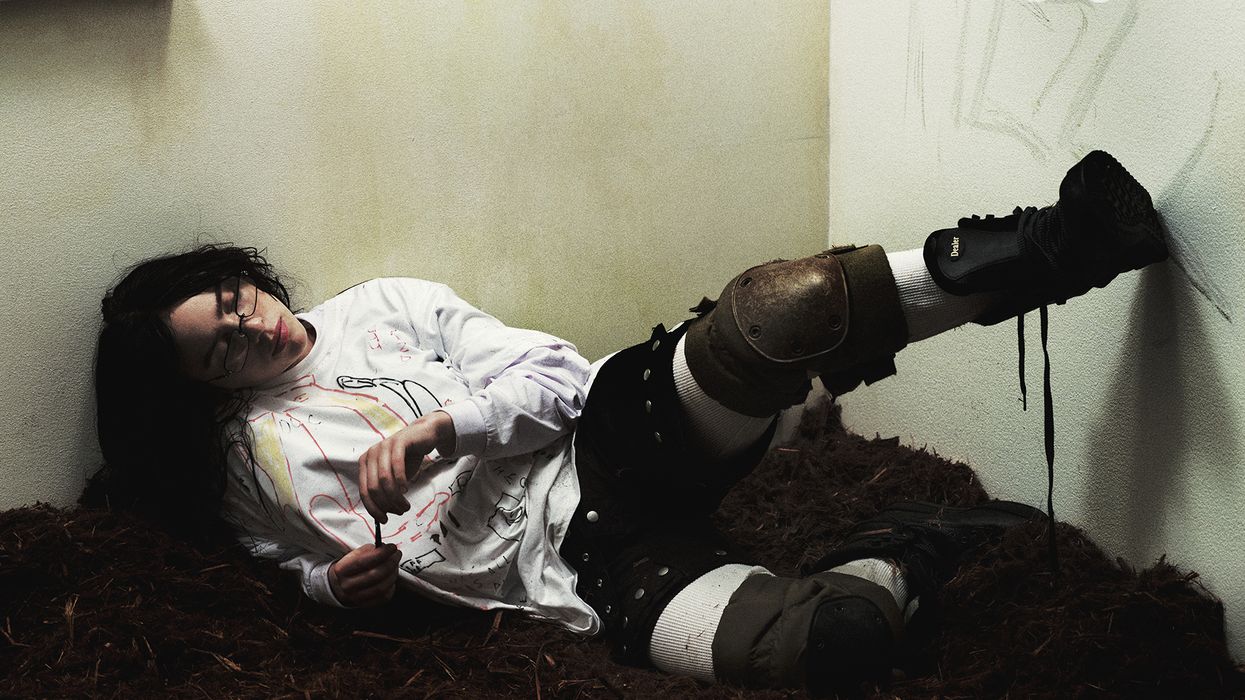
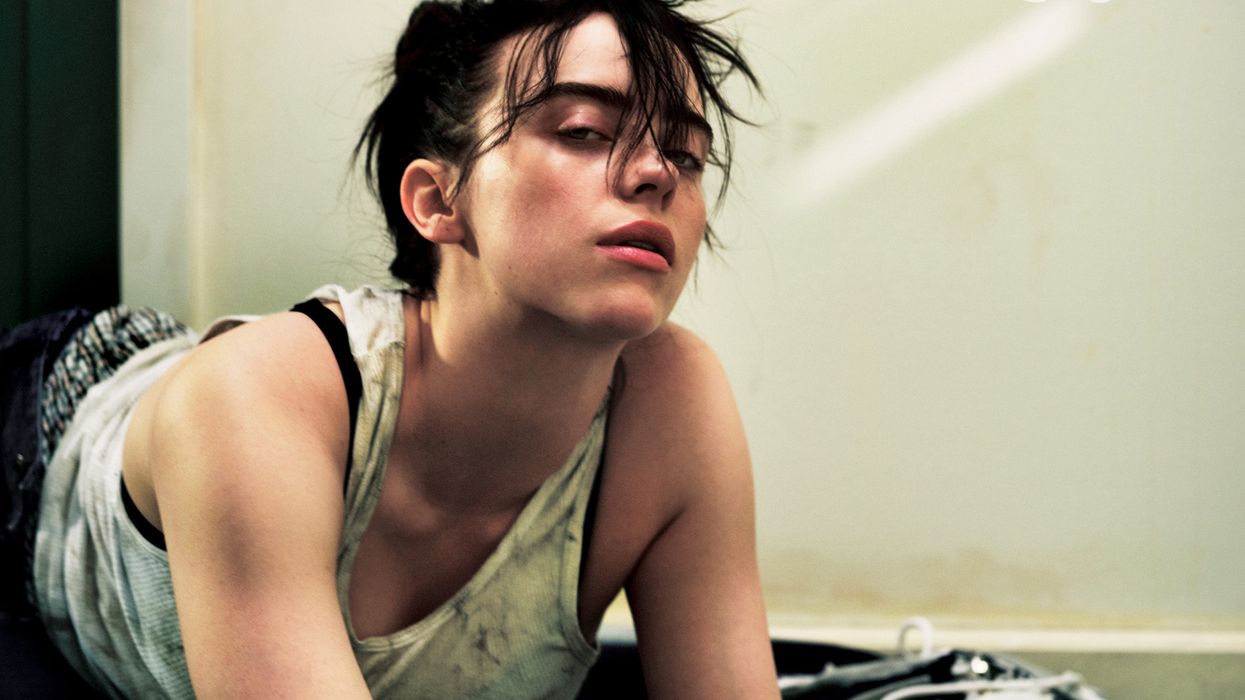
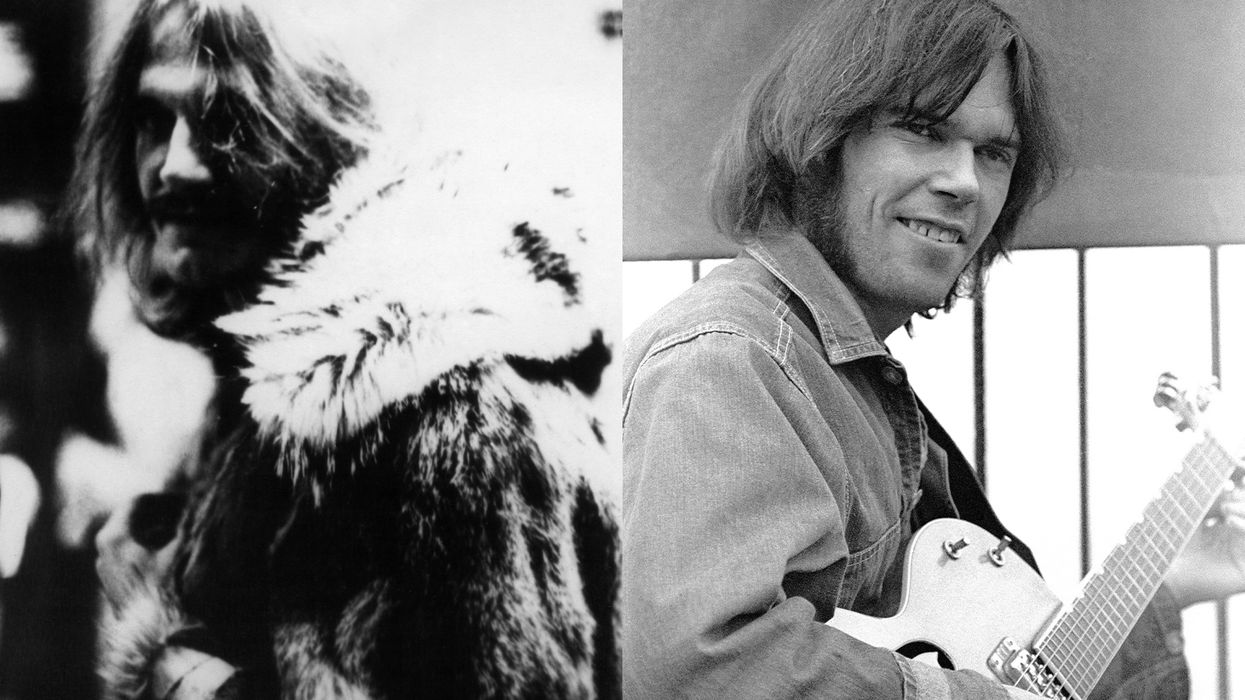
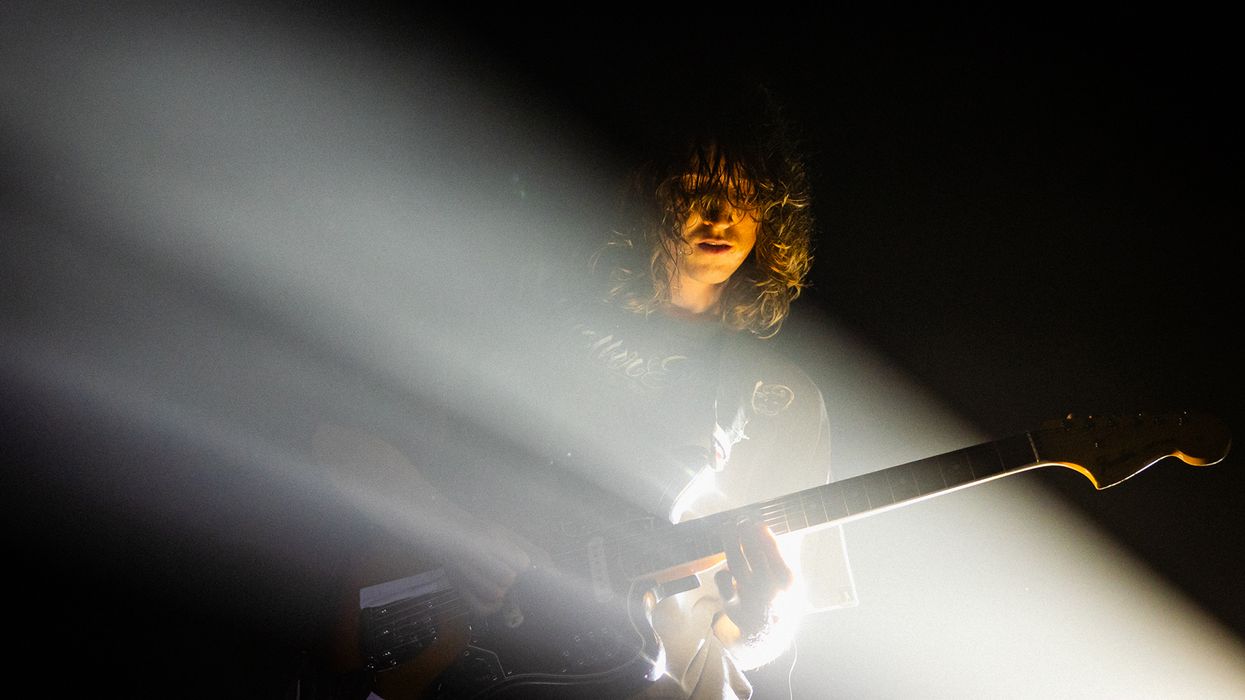

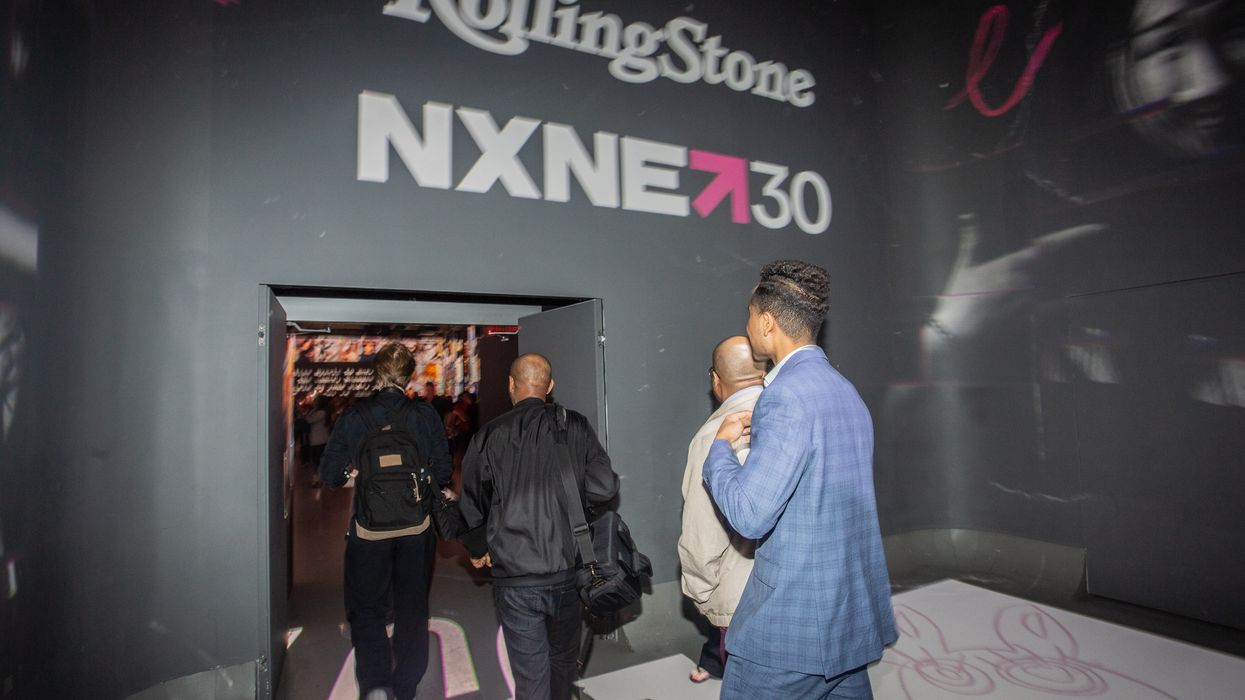
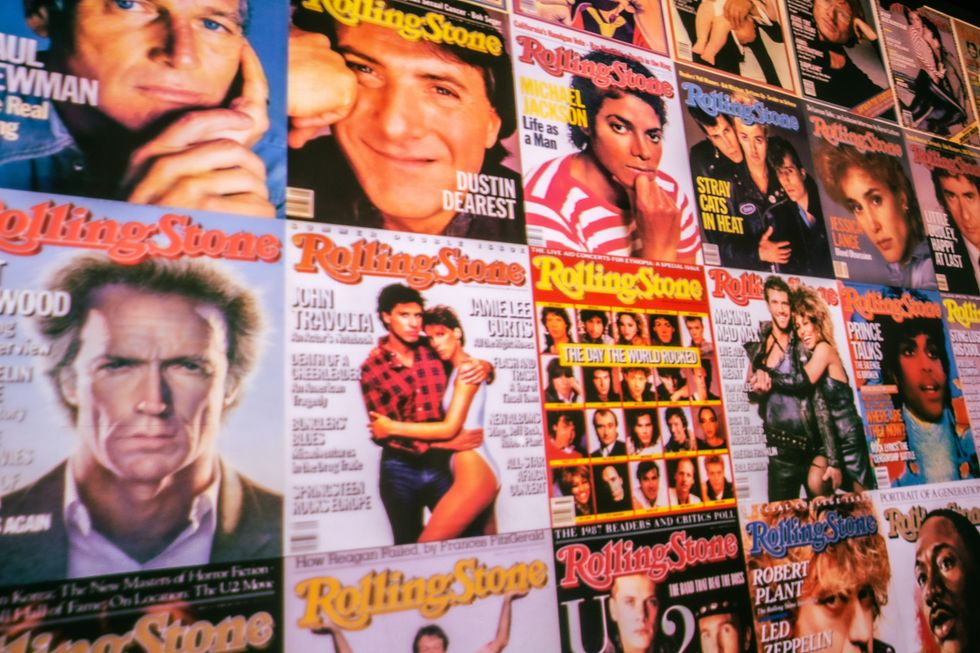
 Catering Presented By The Food DudesPhoto by Snapdrg0n
Catering Presented By The Food DudesPhoto by Snapdrg0n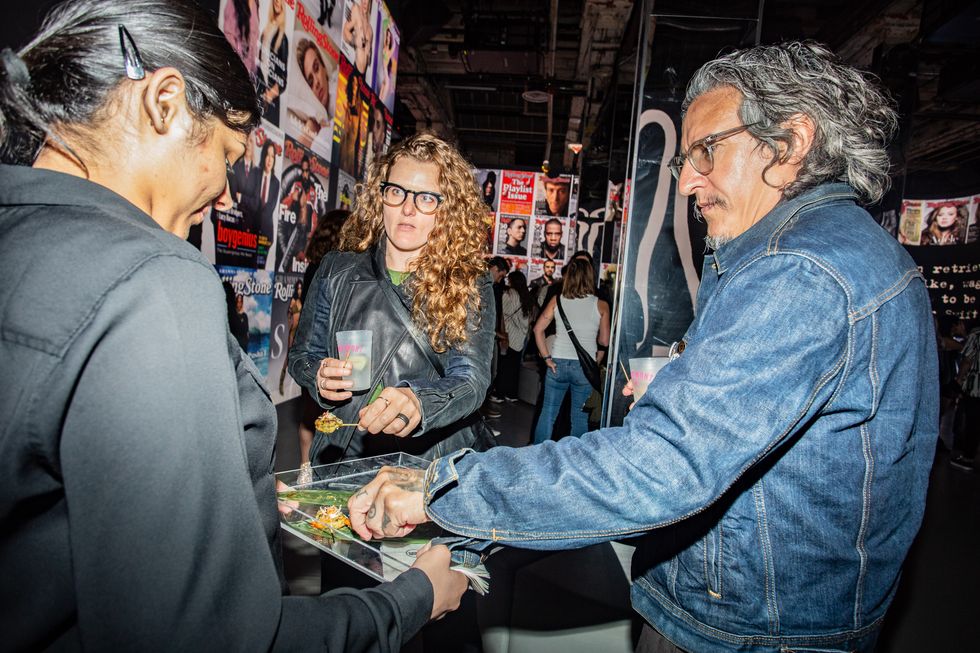 Catering Presented By The Food DudesPhoto by Snapdrg0n
Catering Presented By The Food DudesPhoto by Snapdrg0n Catering Presented By The Food DudesPhoto by Snapdrg0n
Catering Presented By The Food DudesPhoto by Snapdrg0n
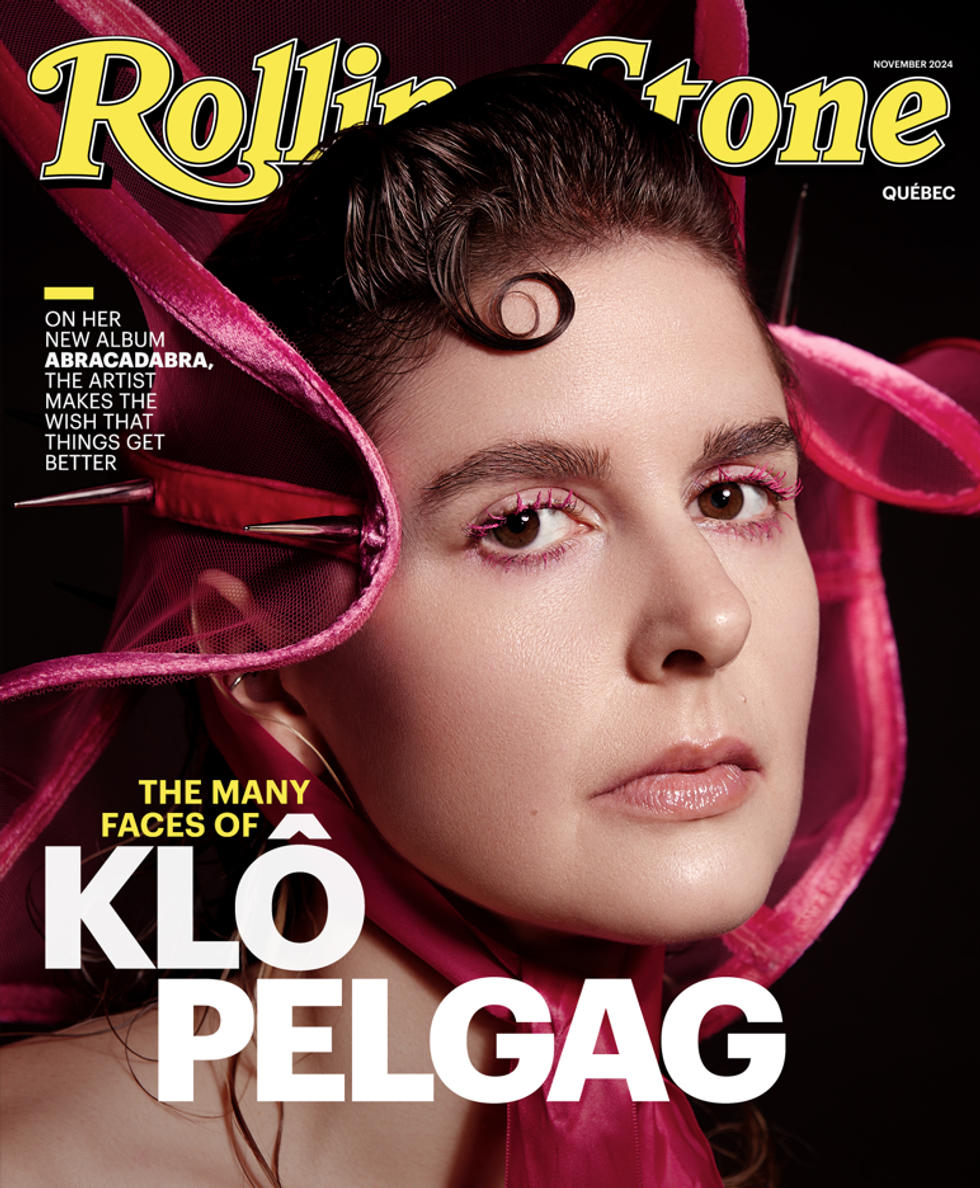 Photographer: Raphaëlle Sohier / Executive production: Elizabeth Crisante & Amanda Dorenberg / Design: Alex Filipas / Post-production: Bryan Egan/ Headpiece: Tristan Réhel
Photographer: Raphaëlle Sohier / Executive production: Elizabeth Crisante & Amanda Dorenberg / Design: Alex Filipas / Post-production: Bryan Egan/ Headpiece: Tristan Réhel Photo: Raphaëlle Sohier
Photo: Raphaëlle Sohier Photo: Raphaëlle Sohier/ Photo production: Bryan Egan/ Blazer:
Photo: Raphaëlle Sohier/ Photo production: Bryan Egan/ Blazer:  Photo: Raphaëlle Sohier/ Blazer: Vivienne Westwood/ Skirt :
Photo: Raphaëlle Sohier/ Blazer: Vivienne Westwood/ Skirt : 

